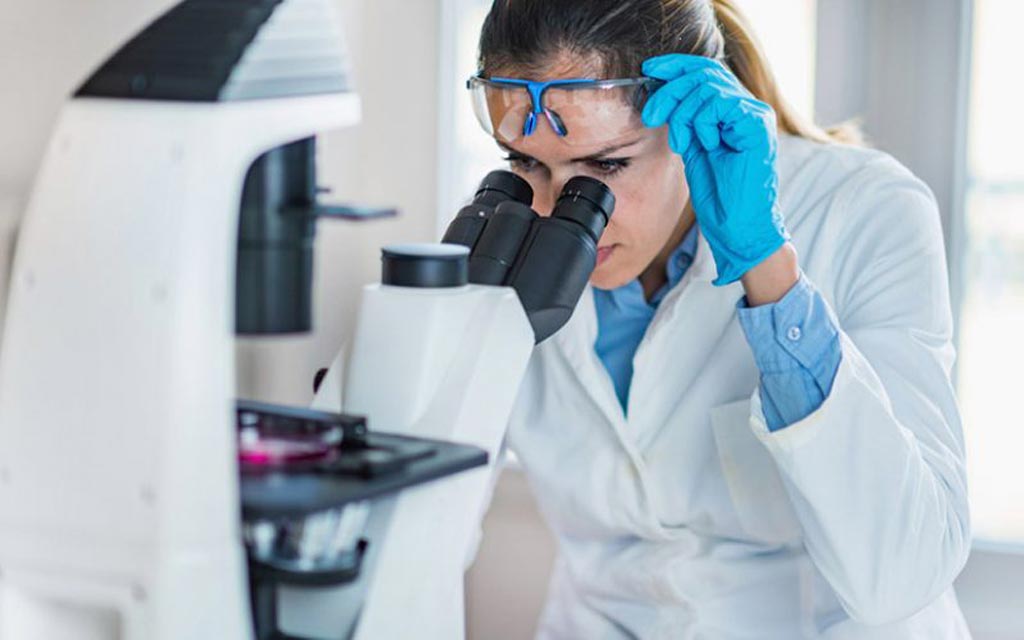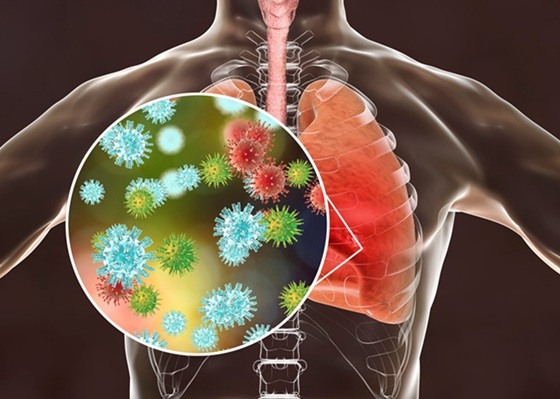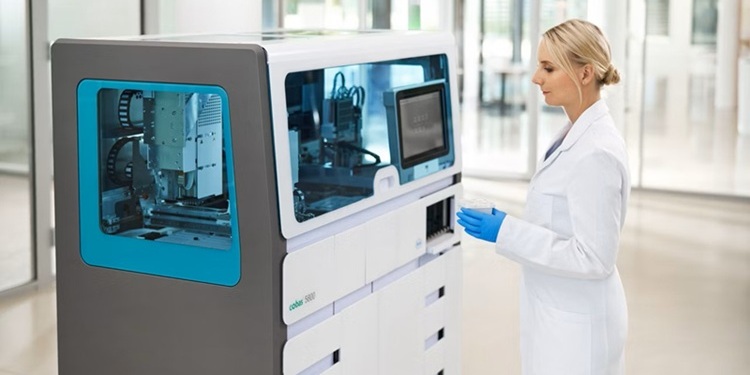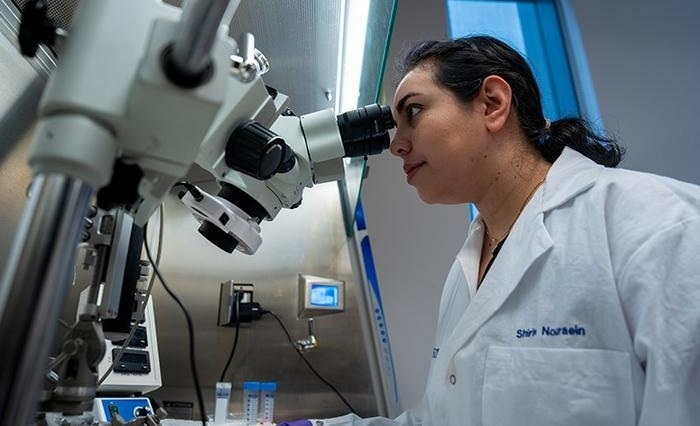Biopsy Screening for Genetic Diseases Improves Pregnancy Rates
By LabMedica International staff writers
Posted on 29 Jun 2017
Couples, who are undergoing pre-implantation genetic diagnosis (PGD) in order to avoid transmission of inherited diseases, such as Duchenne muscular dystrophy or cystic fibrosis, should also have their embryos screened for abnormal numbers of chromosomes at the same time.Posted on 29 Jun 2017
This type of screening would show embryos that are free not only of the genetic disease, but also of chromosomal abnormalities (aneuploidy), would be transferred to a woman's womb, giving her the best chance of achieving a successful pregnancy, and avoiding the risk of implantation failure or miscarriage.

Image: Researchers suggest couples who are undergoing pre-implantation genetic diagnosis (PGD) in order to avoid transmission of genetic diseases should also have their embryos screened for abnormal numbers of chromosomes at the same time (Photo courtesy of OBS News).
A group of scientists collaborating with those at the European Hospital (Rome, Italy) performed a consecutive case series study from October 2011 to May 2016. Clinical and biological outcomes from 1,122 blastocysts obtained in 304 PGD cycles for 163 monogenic diseases or 141 chromosomal rearrangements were analyzed. When the blastocyst resulted transferable after the PGD analysis or chromosomal rearrangement analysis, its ploidy status by mean of preimplantation genetic screening (PGS) was also detected using the same biopsy sample.
The team took between five and ten cells from the outer layer of the blastocysts, which are the early collection of cells that begin to form about five days after an egg has been inseminated with sperm and which go on to develop into an embryo. After PGD and PGS, 218 blastocysts were transferred to the women's wombs, resulting in 99 pregnancies and the birth of 70 healthy babies by January 2017. This is a pregnancy rate of 49%, which is higher than the average clinical pregnancy rate of between 22% to 32% reported in the general population of couples undergoing in vitro fertilization (IVF).
Francesco Fiorentino, PhD, a co-author of the study and director of the GENOMA Laboratory (Rome, Italy), where the cells where analyzed, said, “Performing the analyses on cells taken from only one biopsy avoids the need for a second biopsy that can be potentially dangerous to the blastocyst and could influence the embryo's developmental and implantation potential.” The study was published on June 12, 2017, in the journal Human Reproduction.
Related Links:
European Hospital
GENOMA Laboratory














